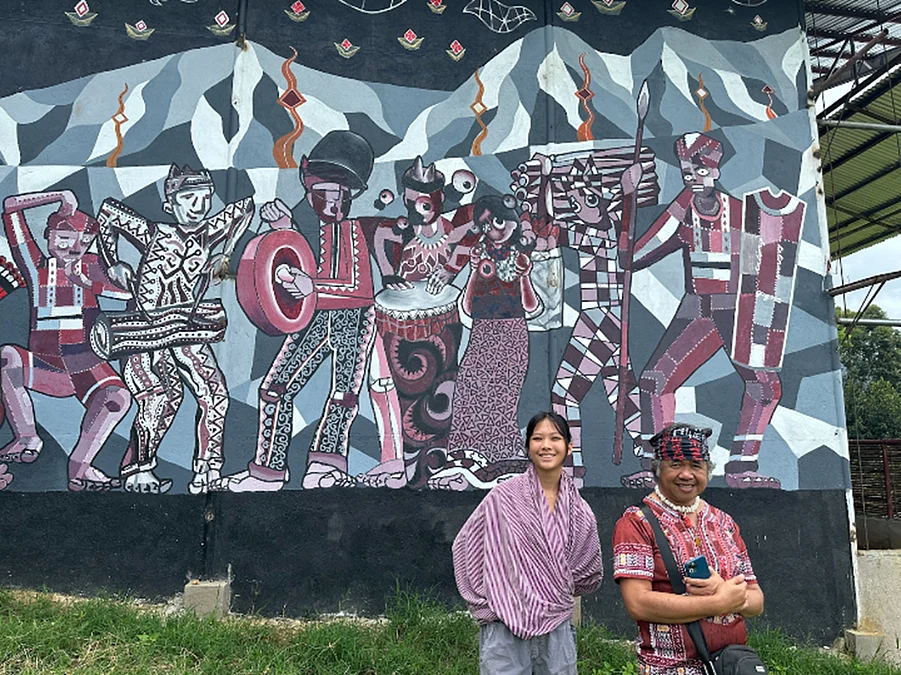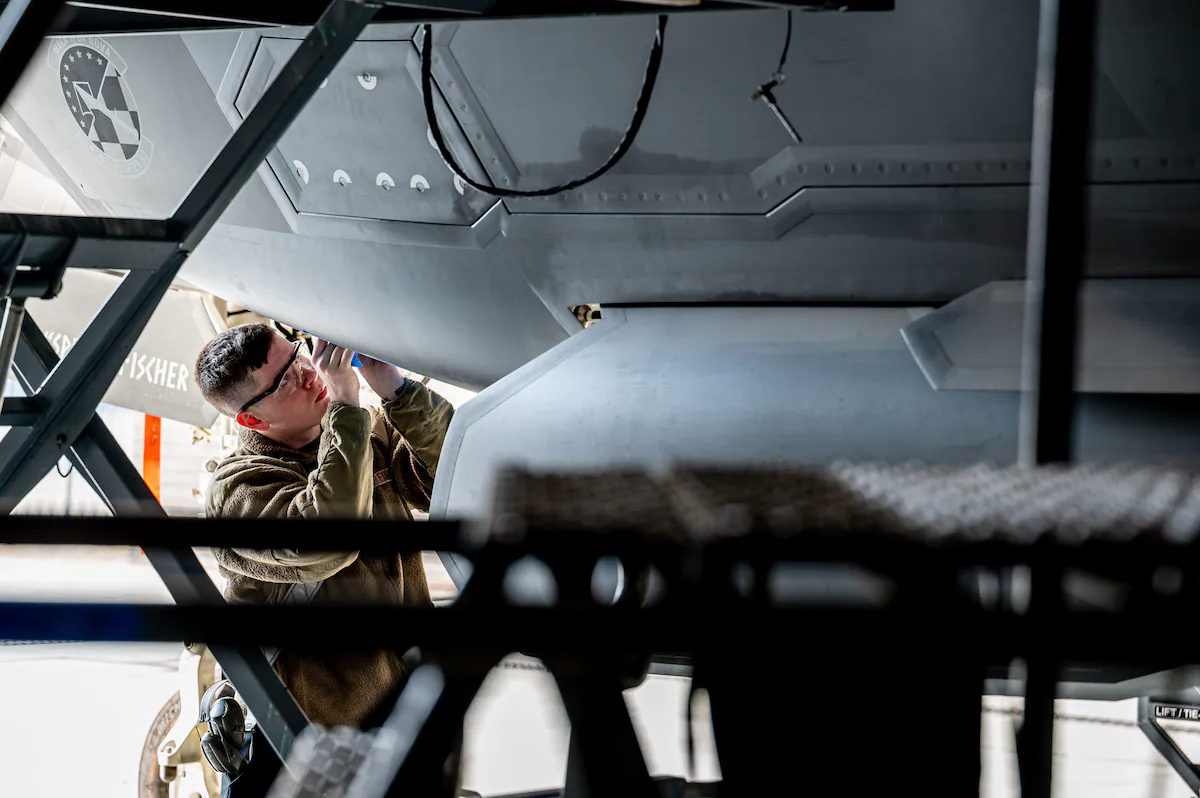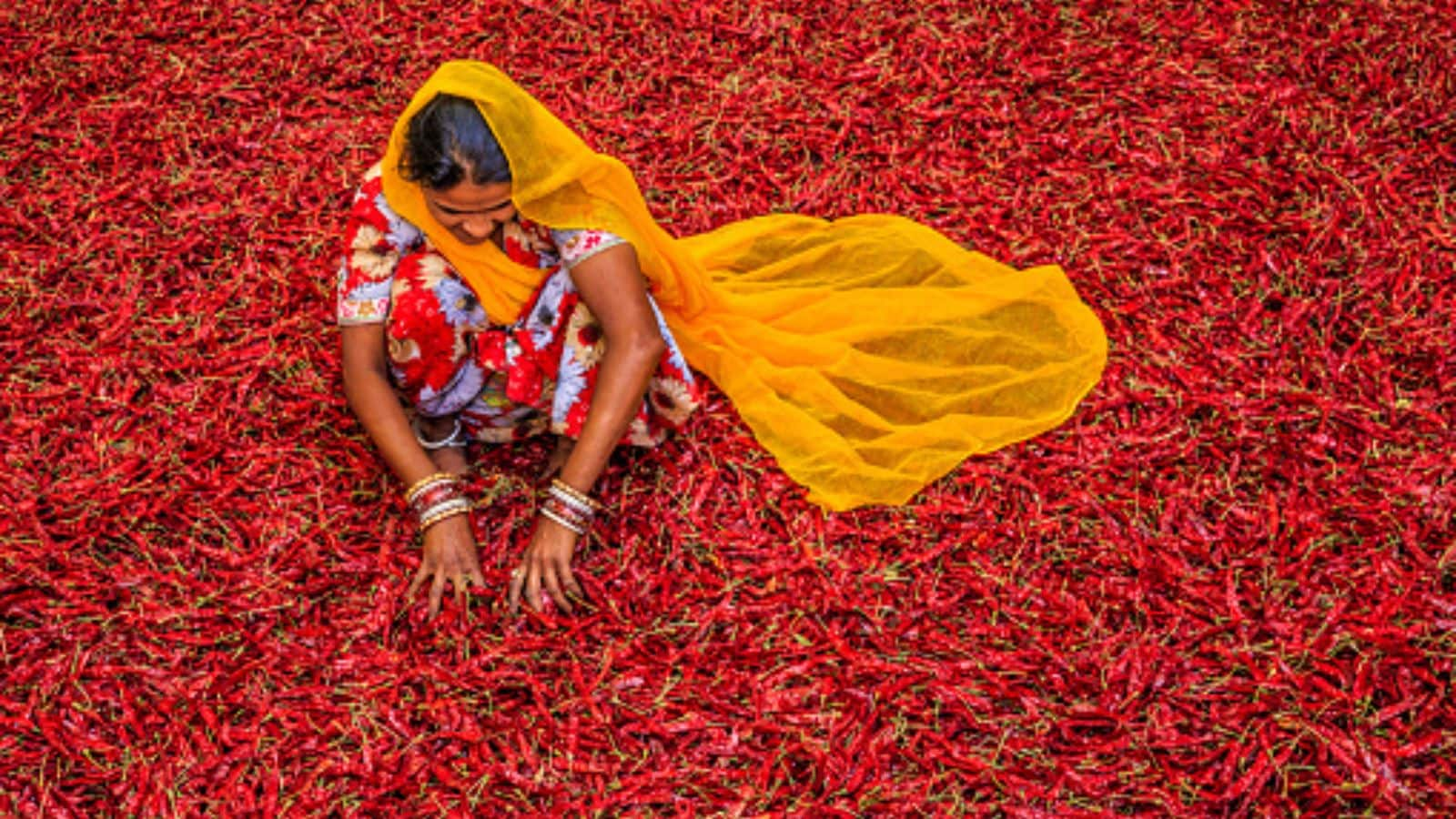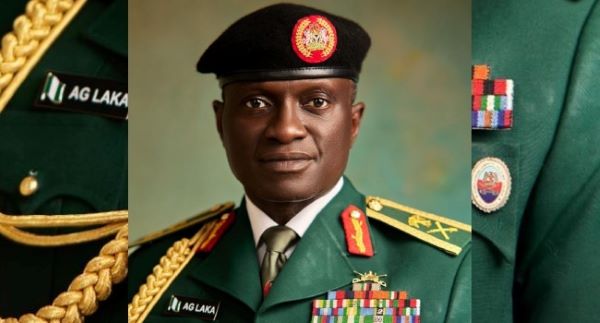
Self-expression for this generation is online: tweeting a thought, posting a photo, sharing a story. Our own stories are lost in the sea of information that technology has to offer. But at the foothills of Mount Dulang-dulang of Bukidnon, the 2nd highest mountain in the Philippines, lives a community of indigenous people, the Talaandig tribe, who express their rich culture through their music, paintings, sculptures and dance.My family and I stayed in the Loiza’s Pavilion in Bukidnon, just a few minutes’ drive away from the Malaybalay City Hall, where we met some of the artists of the Talaandig tribe. My Tito Jason Luengo is a good friend of their leader, Datu Waway Saway, whom we came to visit. Many other indigenous tribes have stories, traditions and ways of living that are not recorded, shared, or expressed in any way. These tribal secrets stay with the tribe and die with the tribe, for lack of expression. Datu Waway Saway, often called tatay, acts as the artistic mentor of the Talaandig people, being the inventor of both the instrument, tambuleleng, which is displayed at the Vatican City, as well as their medium for art, which is soil painting. .Thanks to the efforts of Datu Waway, the group of artists within this tribe, BULAK (Bukidnon Local Artists Kulektib), has revealed the stories and traditions of their culture in their art gallery, Lambagan Gallery. We were able to witness these indigenous artists as they created paintings and shared their personal journeys as mountaineers, farmers and students through the Panatag Project of Josephine Turalba, head of the Artistic Research Center of the Philippine Women’s University, as she works to create an atlas of “subjective mapping” in the Philippines. The workshop led by Turalba was to create a piece of art that mapped out a cultural, social or personal story using their original soil painting medium. The painting showing the man made with multiple mediums, was created by a painter with ADHD (Attention-Deficit/Hyperactivity Disorder); he shows his journey as an artist exploring different mediums and never being able to settle on one, calling himself “a jack of all trades, master of none.” The painting in the center, showing the malnourished farmer facing away, represents the struggles of a farmer, creating food for others to be fat while he starves. The painting of the lady with the tibud jar is an homage to the mythological spirit in their culture, symbolizing positivity and hope. Each painting shows a part of these indigenous people that art is able to bring out in them, immortalizing their story. After the painting workshop, BULAK performed for us a piece of Datu Waway’s original music using the tambuleleng, and danced the Bukidnon Binanog dance, which is inspired by the Banog hawk. Following the performance, we distributed some Headware, my mother’s bandana product, to each of the tribe members and the staff of Josephine Turalba. The following day, Datu Waway graciously allowed us into their home, and my Tito Jason gave them Tribu slippers as pasalubong to the datu and his family.I truly felt so lucky to have seen this part of the Philippines and their way of living that seemed so foreign to me. The use of art in this indigenous community has truly shown how rich and beautiful the indigenous cultures are in a way that is digestible and relatable for us to see. These paintings, and many more, are all available to see in the Lambagan Art Gallery, Bukidnon. This experience with the Talaandig people highlighted the power of art, how it gives voice to those who often go unheard and allows for the expression of the secrets of the heart.



